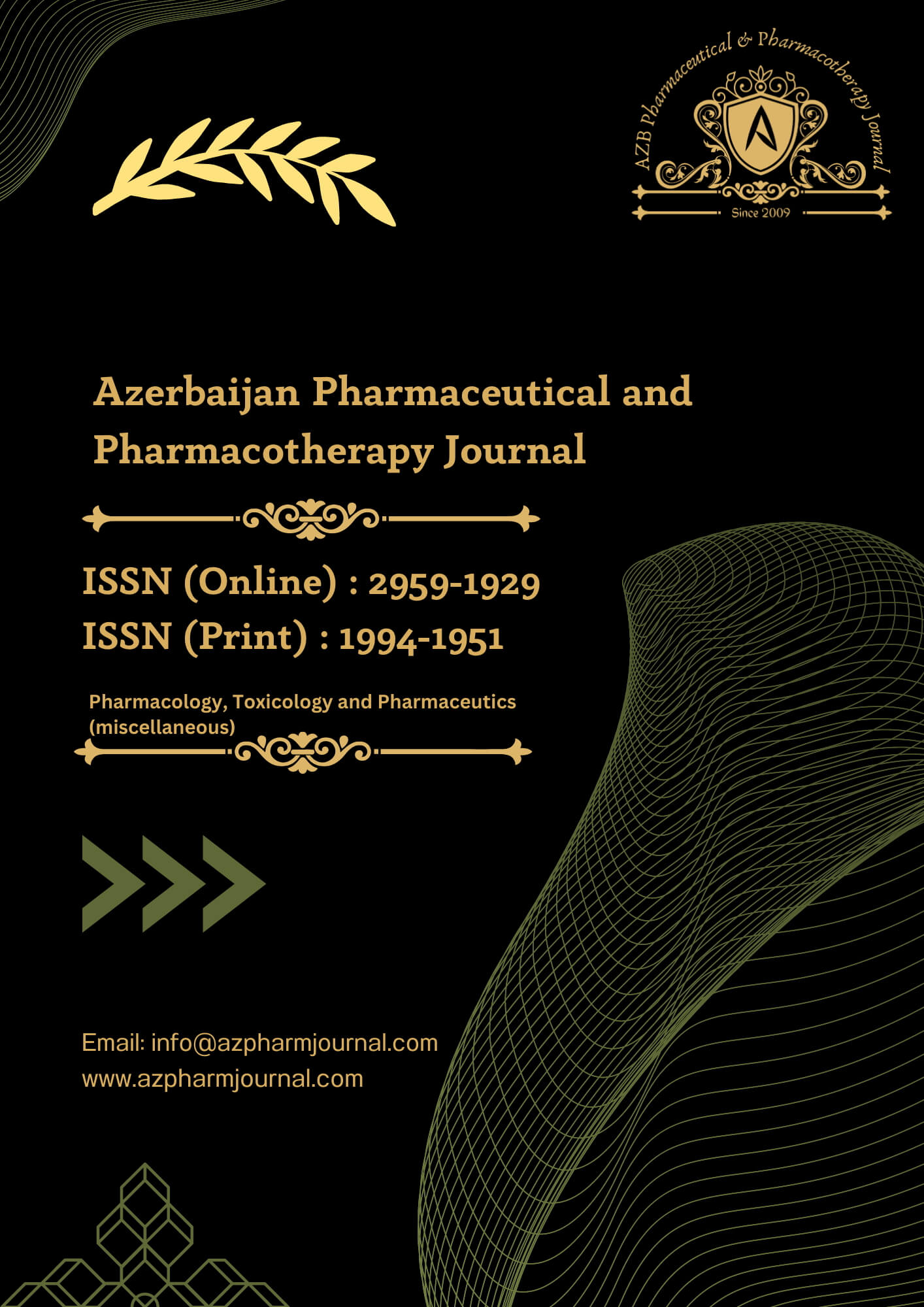In our study, we compared the efficacy and side effects of Nitrofurantoin and Fosfomycin for treating urinary tract infections (UTIs) by analysing several parameters including symptoms, side effects, and treatment outcomes.
In our study Nitrofurantoin (Group A) and Fosfomycin (Group B) demonstrated varied results in symptom relief. For the symptom of burning, Nitrofurantoin had 43 cases compared to 49 in the Fosfomycin group. This indicates that Fosfomycin might have a slight advantage in alleviating this discomfort. Increased frequency of urination was reported in 12 cases for Nitrofurantoin and 14 cases for Fosfomycin, showing a slightly higher frequency in the Fosfomycin group. Lower abdominal pain was more prevalent in the Fosfomycin group (28 cases) compared to Nitrofurantoin (19 cases). Sonography showing cystitis was observed in 2 cases for both Nitrofurantoin and Fosfomycin, indicating that neither drug had a significant impact on this diagnostic outcome.Anita K, et al (2019)21 the common complaint of the patients was reported by 60% of the patients in both the study groups. The next common complaint was burning micturition, which was observed in 40% in the Fosfomycin group and 51.4% in the Nitrofurantoin group. Pain in the abdomen was the next most common complaint in both the treatment groups. It was reported by 37.1% in the Fosfomycin group and 28.6% in the Nitrofurantoin group. Less common complaints were urgency, fever and dysuria.Huttner and colleagues22 did not report specific clinical complaints of their patients, but the median number of symptoms was 3, ranging from 2 to 4. We have defined clinical improvement as cure (complete resolution of symptoms and signs of UTI without prior failure), failure (need for additional or change in antibiotic treatment due to a UTI or discontinuation due to lack of efficacy or persistence of symptoms). Stein defined clinical response as cure (elimination of all prê therapy symptoms), improvement (most but not all symptoms improved or absent), or failure (not improved from the initial assessment) . In both the treatment groups in their study, 87% of the patients had symptoms for less than 48 hours.
In our study Both groups had similar rates of previous history of UTIs, with Nitrofurantoin (15 cases) and Fosfomycin (23 cases). This suggests that prior history did not significantly influence the treatment outcomes in this study.
In our study Regarding side effects, Nitrofurantoin showed a higher incidence of nausea (8 cases) compared to Fosfomycin (3 cases). Diarrhoea was more frequent in the Fosfomycin group (29 cases) than in the Nitrofurantoin group (17 cases), indicating that Fosfomycin might be more likely to cause gastrointestinal discomfort. Neither drug showed a significant incidence of body ache or intolerance.Anita K, et al, (2019)21 seven patients from the Fosfomycin group (20%) reported side effects, while only four patients in the Nitrofurantoin group (12%) reported any side effects. In the Fosfomycin group, one reported gastritis and nausea, and six patients reported loose stools. In the Nitrofurantoin group, one patient reported gastritis and three reported nausea. Whereas, in the randomised trial by Huttner22, 21 of 248 (8%) and 16 of 247 (6%) in the nitrofurantoin and fosfomycin groups, respectively, reported at least one adverse event. Stein and colleagues23 found that the most common adverse effects related to fosfomycin treatment were diarrhoea (2.4%), vaginitis (1.8%), and nausea (0.8%) . Common side effects associated with nitrofurantoin treatment were nausea (1.6%), vaginitis (1.6%), dizziness (0.8%), and diarrhoea (0.8%). GI adverse events were reported in 3.9% of fosfomycin recipients among women with an uncomplicated lower UTI. Moreover, in a large noncomparative study in 387 women and men with uncomplicated UTIs who received single-dose fosfomycin, adverse events were reported in 4.9 % of patients, with diarrhoea, nausea and vomiting occurring in 3.1, 1.3 and 0.5 % of patients, respectively.
In this study Re-infection rates were slightly higher with Nitrofurantoin (10 cases) compared to Fosfomycin (3 cases), which might suggest a higher likelihood of re-infection with Nitrofurantoin. Shafrir, Asher et al (2023)24 compared the failure rates of fosfomycin and nitrofurantoin for uncomplicated urinary tract infections. We used Meuhedet Health Services' large database to collect data on all female patients, older than 18 years, who were prescribed either antibiotic during 2013–2018. Treatment failure was a composite endpoint of hospitalisation, emergency-room visit, IV antibiotic treatment, or prescription of a different antibiotic, within seven days of the initial prescription. Reinfection was considered when one of these endpoints appeared 8–30 days following the initial prescription. We found 33,759 eligible patients. Treatment failure was more common in the fosfomycin group than the nitrofurantoin group (8.16% vs. 6.87%, p-value < 0.0001). However, reinfection rates were higher among patients who received nitrofurantoin (9.21% vs. 7.76%, p-value < 0.001). Among patients younger than 40 years, patients treated with nitrofurantoin had more reinfections (8.68% vs. 7.47%, p value = 0.024). Treatment failure rates were mildly higher in patients treated with fosfomycin, despite having less reinfections. We suggest that this effect is related to a shorter duration of treatment (one vs. five days) and encourage clinicians to be more patient before declaring fosfomycin failure and prescribing another antibiotic.
In our study Treatment failure was minimal for both drugs, with Nitrofurantoin showing 5 cases of treatment failure and Fosfomycin none.Shafrir, Asher et al (2023)24 Treatment failure was more common among those who were treated with fosfomycin than among those who were treated with nitrofurantoin (8.16% vs. 6.87%, p value < 0.0001). However, reinfection rates were higher among patients who received nitrofurantoin (9.21% vs. 7.76%, p-value < 0.001)
